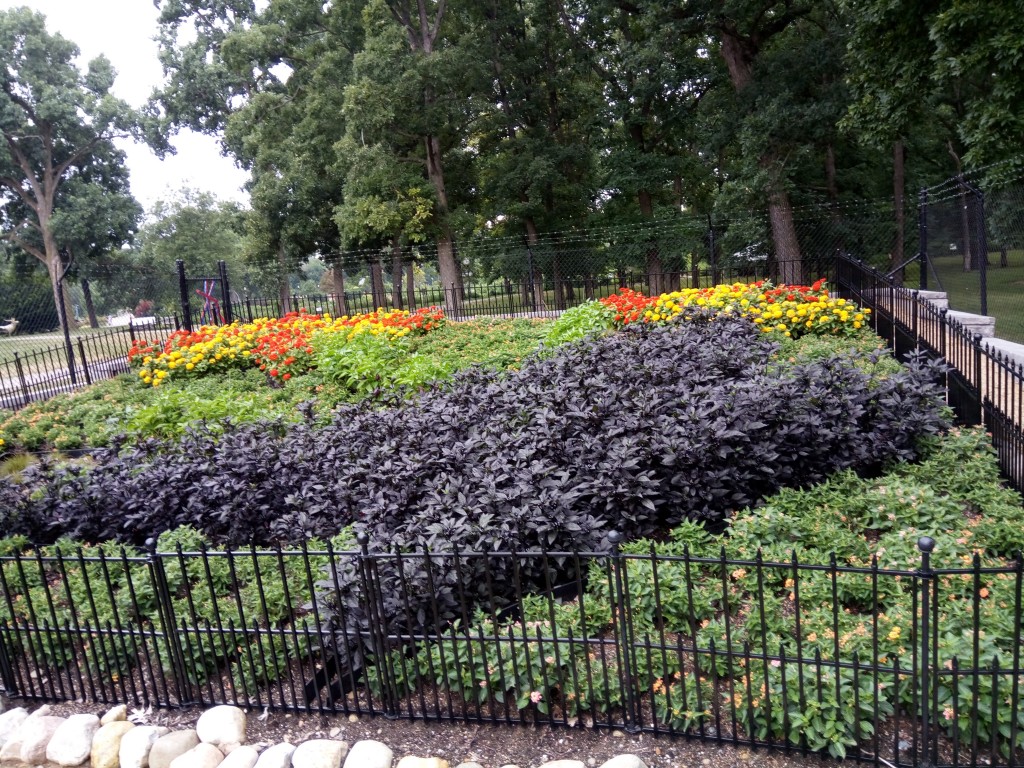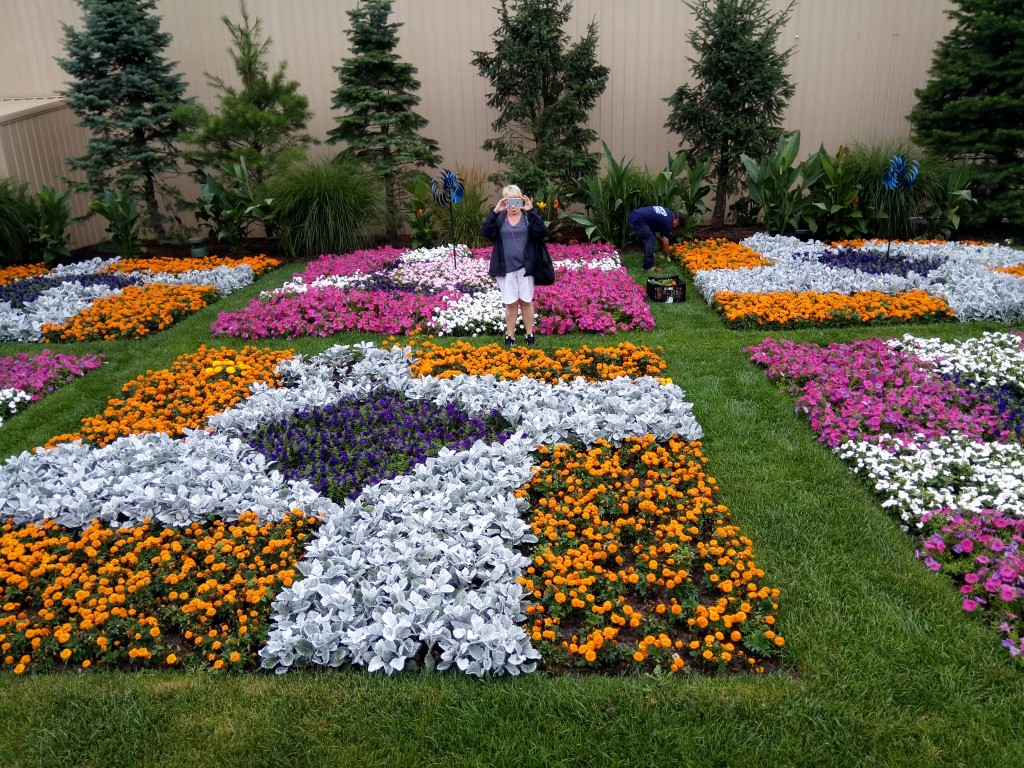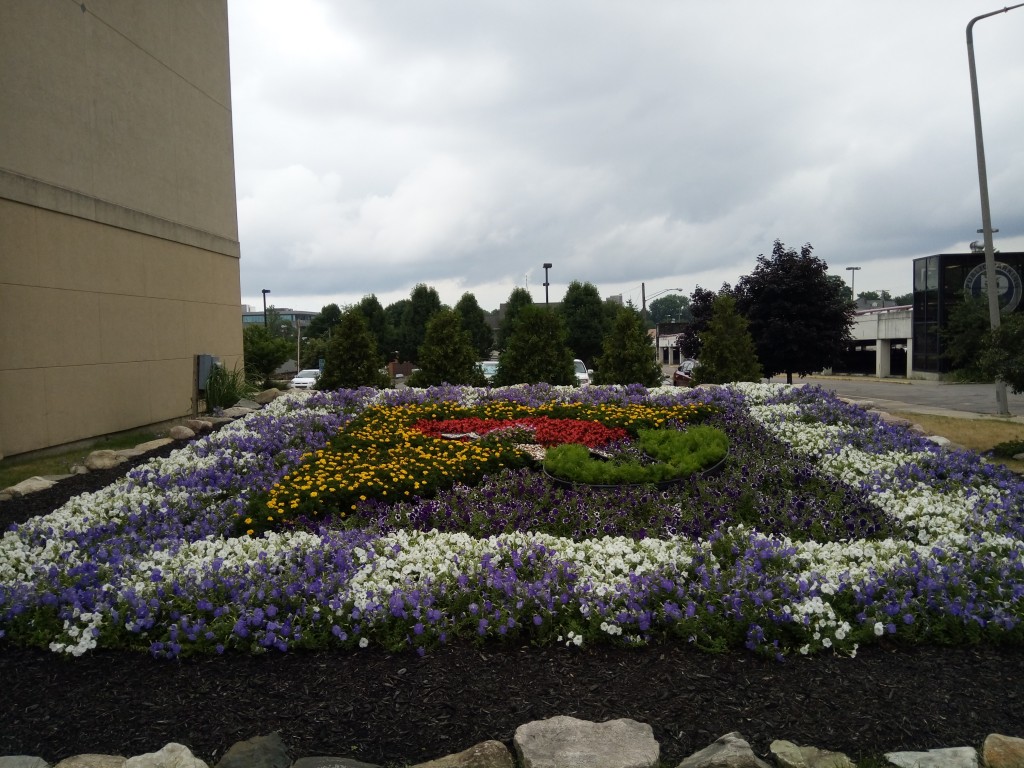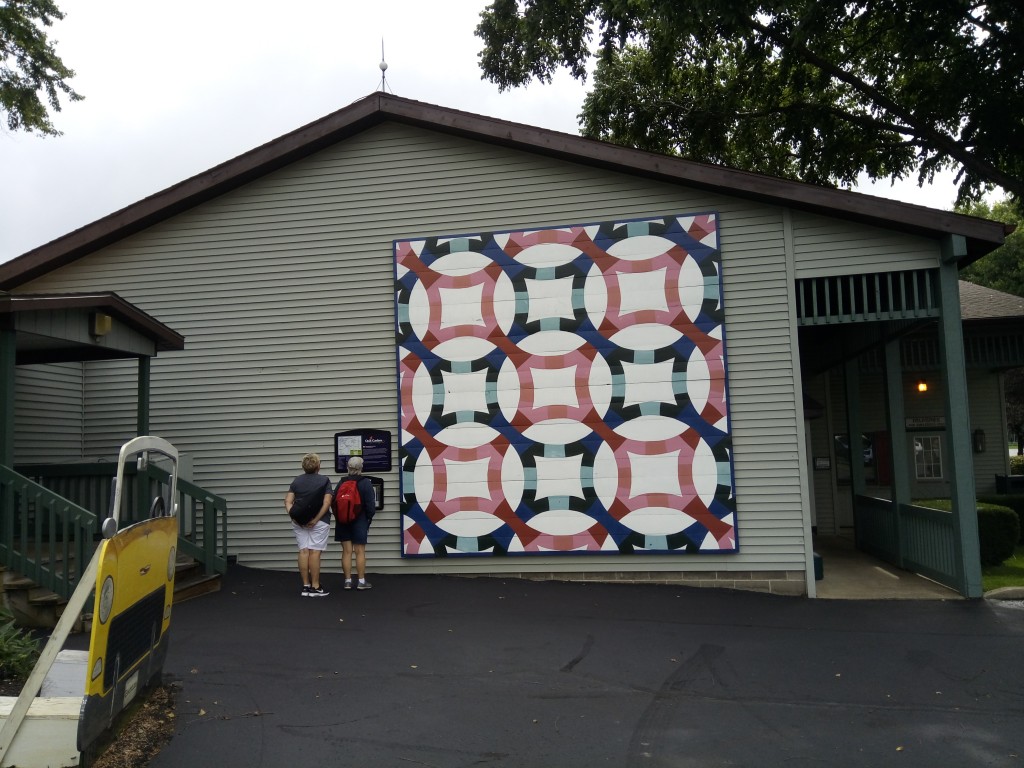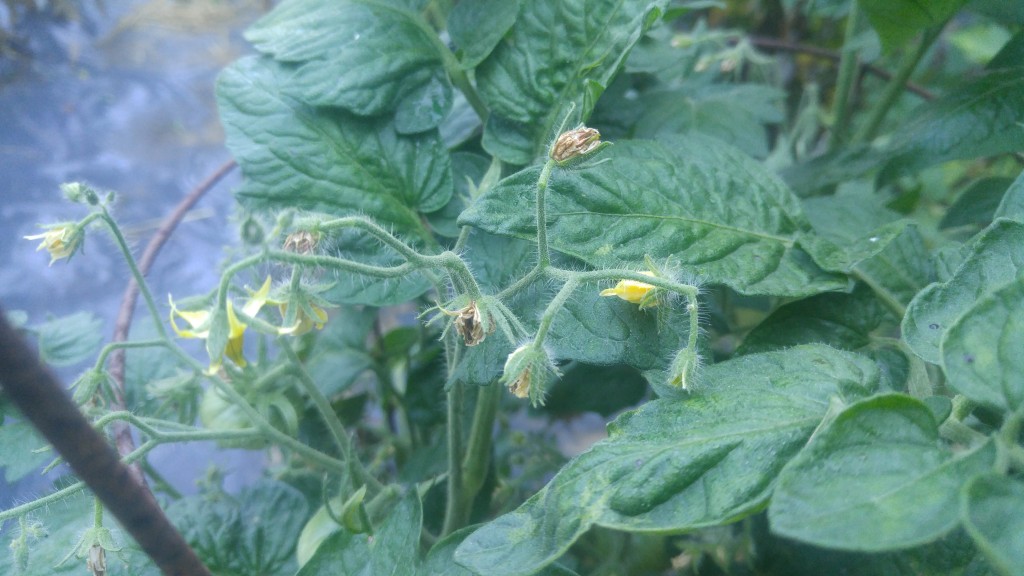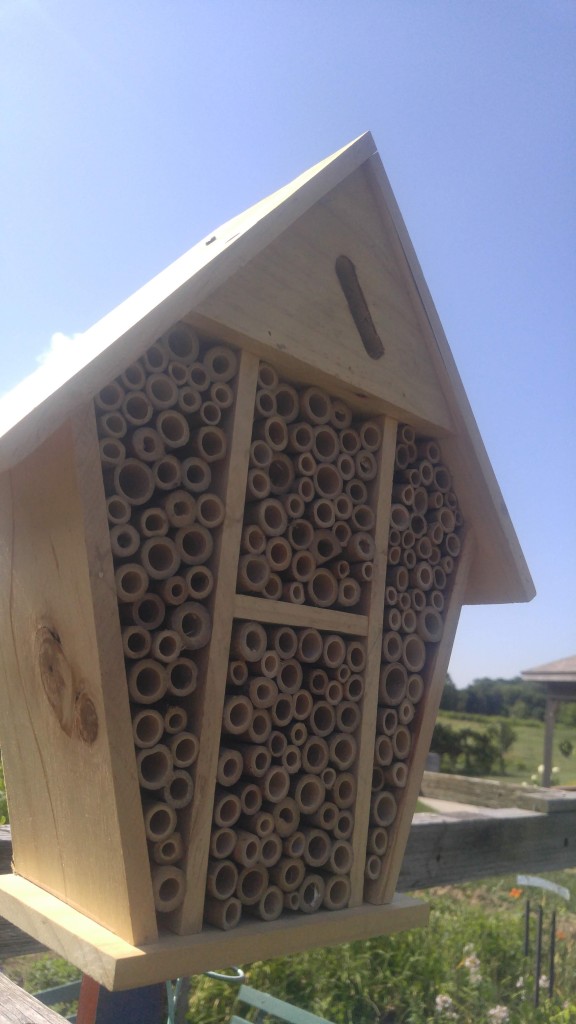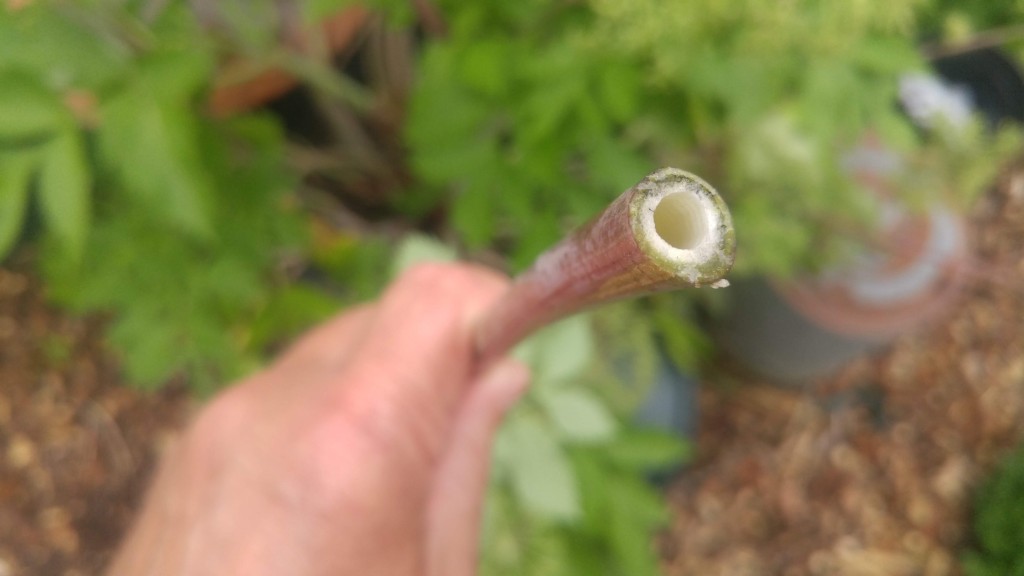Imagine self-propelled robotic lawn groomers, too sophisticated to be called merely lawn mowers, taking care of your lawn without any help from you. Miniature drones with intelligent eyesight hovering over your lawn identifying weeds insects and diseases, zapping them with pin-point precision accuracy. All this guided by on-board artificial intelligence leaving behind an absolutely flat, emerald green, expansive mono culture of grass that is your lawn. NOT!
That vision of the the lawn of the future may soon be outdated and considered quaint and wasteful. There’s a grassroots movement beginning to grow in this country that has an entirely different view of what a lawn should be. Millennials and upcoming generations are abandoning old-fashioned lawn ideas for something quite different.
Rather than boring grass (yawn), perennial broadleaf plants are replacing much of the grass in these new lawns. Growing together in pleasing patterns they form a natural tapestry kind of look.
Broadleaf plants are quite variable in their growth habits, each one has a different texture, color or leaf pattern. Most will even flower for part of the season adding an extra element to the lawn tapestry.
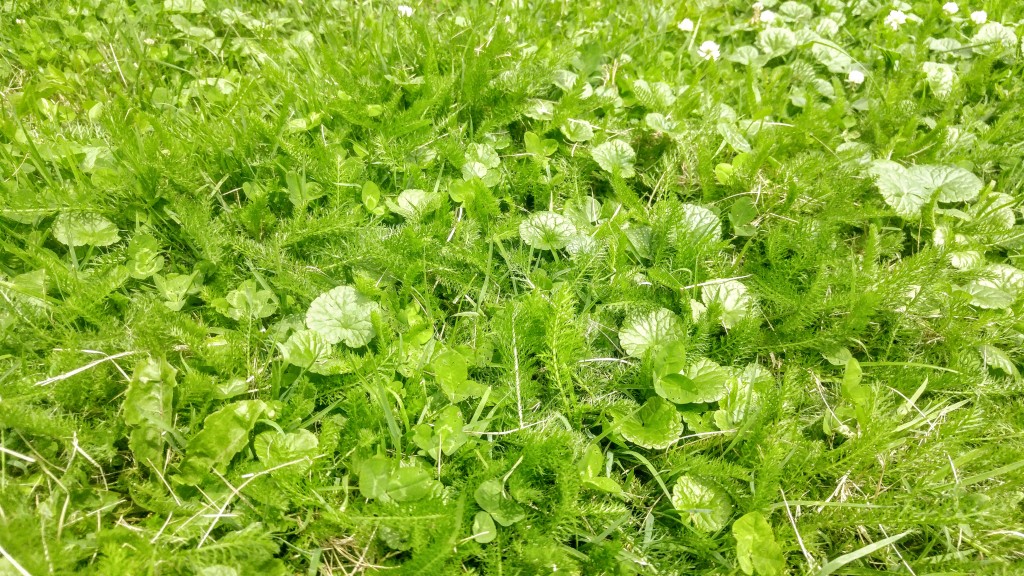
A mix of broad leaf plants is an attractive alternative to monotonous turf grass.
In an ecosystem made up of dozens of species of plants, instead of one or two grasses, turf diseases, insects and other pests can’t even get a start much less spread. Legumes like white dutch clover fix nitrogen from the atmosphere then add it to the soil reducing or eliminating the need for added fertilizer.
This type of lawn can be mowed much like grass to keep it looking neat. Most people cut their grass too short so typically, the height of the mower will need to be raised to allow more leaf area on the plants to keep them healthy and looking good.
Weeds can still be a potential problem in this system however typical lawn herbicides can’t be used to control them. The very herbicides used by lawn companies are designed specifically to kill those kind of broadleafs that make up the new lawn.
No more herbicides and no more fertilizer has the potential to upset the lawn care industry. On the other hand, the trend, over time, will probably move beyond a do-it-yourself project encouraging a new generation of entrepreneurs to develop a new industry installing and maintaining the new look. As an analogy, think of what micro-breweries are doing to the beer industry.
In the meantime, you can start your own lawn mosaic. Start by eliminating the use of herbicides that kill lawn “weeds” — that includes so called “weed and feed” formulations. A wider variety of plants will be encouraged by improving the fertility of your soil. Try experimenting with different types of seeds to see how they grow in your lawn.
There’s no need to feel sorry for the herbicide industry as they lose market share, there will always be people who will stubbornly hang on to the old ways of growing a lawn.
Bob

